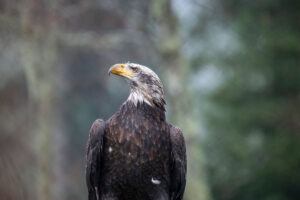Eagle Passage
Eagle Passage provides a forever home for rescued, injured bald eagles. This immersive experience inspires guests with a conservation success story of these proud birds.
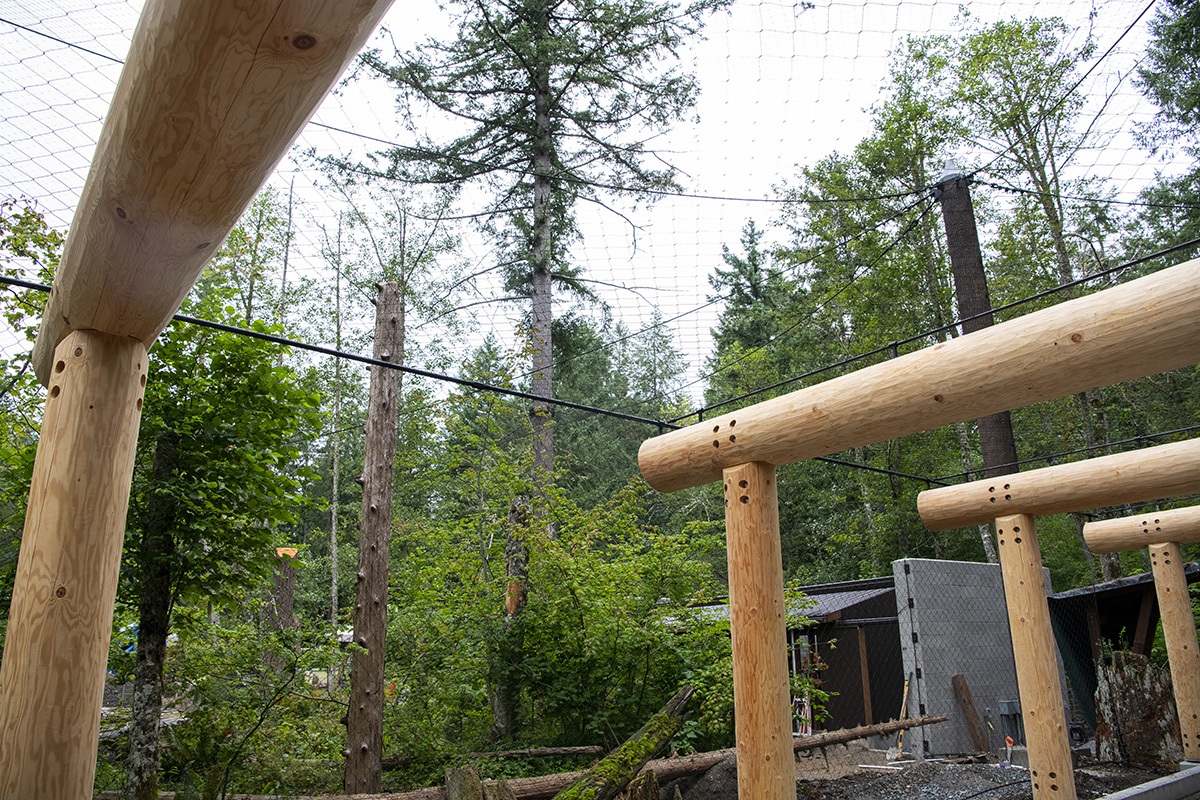
Do you hear that? The high-pitched whistling of eagles in the trees, a majestic – and once highly endangered – species. Eagle Passage, a world-class habitat showcasing several bald eagles, tells the conservation story of this proud species from near-extinction to robust wild populations.
Eagle Passage Wins National Exhibit Award>
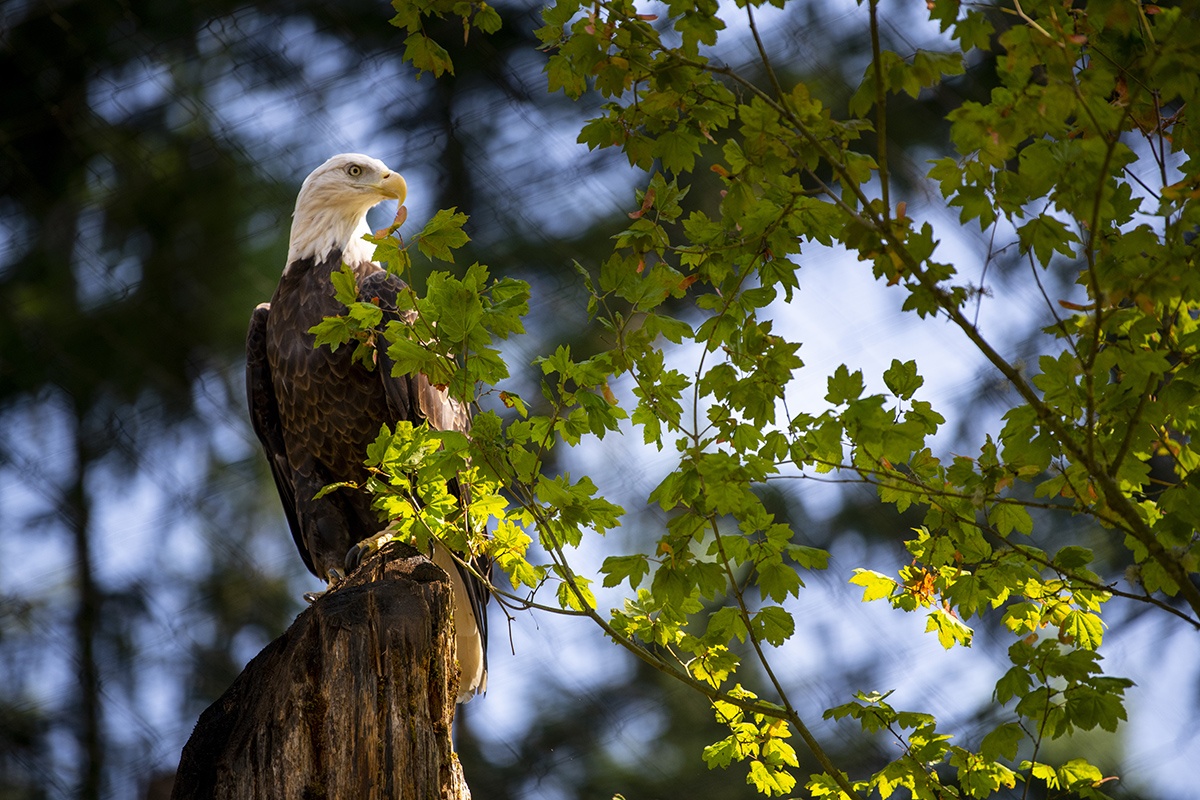
These eagles, unable to survive in the wild, are cared for at the wildlife park as regal ambassadors for their species. They now have homes in a magnificent habitat near the park entry built with living trees and vegetation, surrounded by a 30-foot mesh.
Discover their stories and make your pledge to protect wildlife through an interactive digital station.
Eagle Move-In Day>
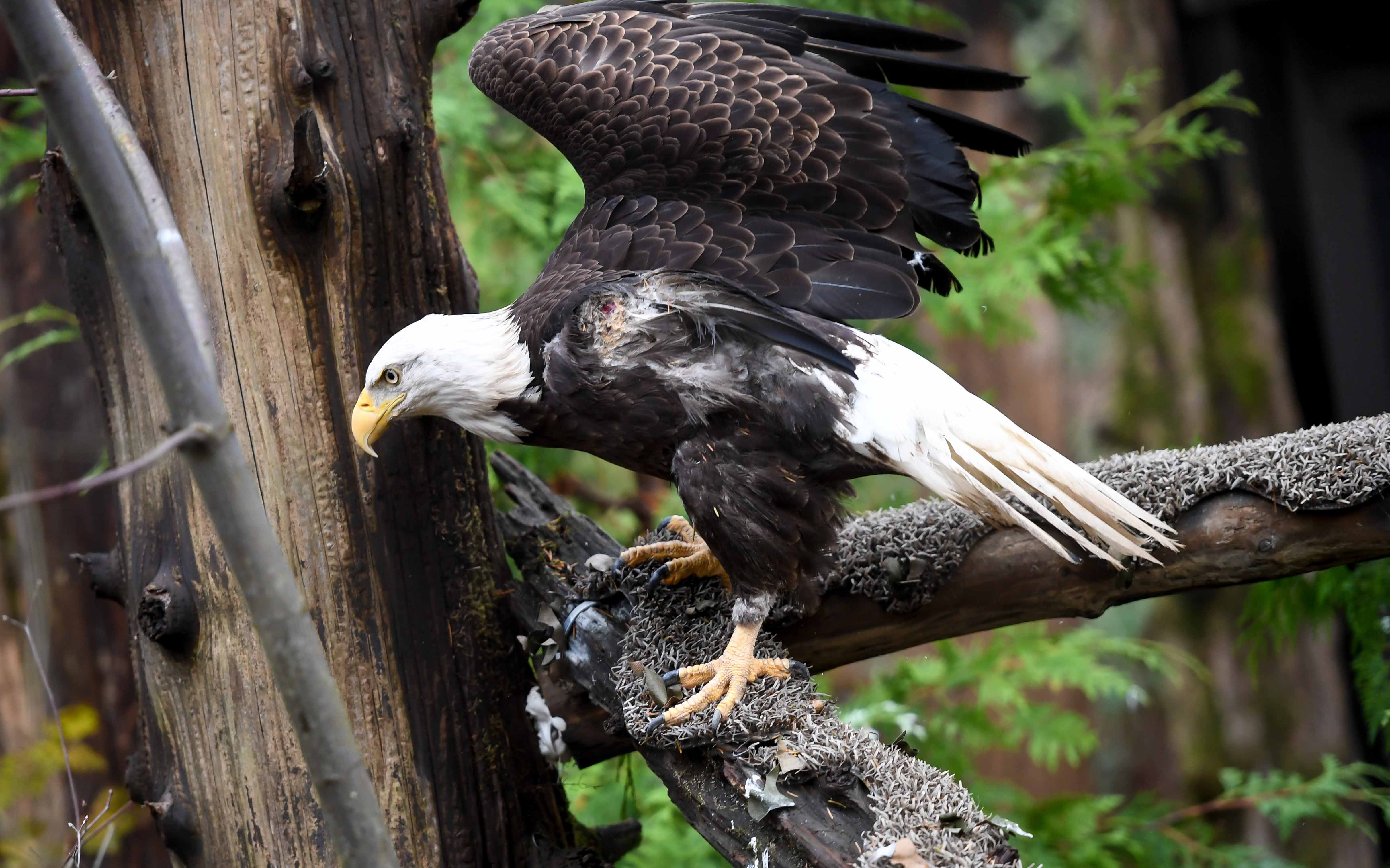
A walkway through the meshed habitat immerses you in these birds’ habitat. See them above and on either side, perched in branches, snags or towering evergreens – just as they would in the wild.
The habitat includes specially accessible ramps and perches for these rescued birds, built with repurposed logs and living trees.
Read the story here>
Bald eagles were brought back from the brink of extinction because concerned people took action. Together we can make a difference in the world. Find your passion and speak out.
Eagle Conservation Timeline
| Pre-colonization | Bald eagles are native to Northern America, and feature prominently in the stories, traditions and religious ceremonies of many indigenous tribes |
| 1782 | The bald eagle is adopted as the national symbol of the United States of America. As many as 100,000 nesting sites may have existed in what is now the continental U.S. |
| Mid-late 1800s | First major decline in eagle numbers due to perceived threat to livestock and loss of nesting habitat from human settlement |
| 1940 | Bald eagles are threatened with extinction. Congress passes the Bald Eagle Protection Act, which prohibits killing, selling or possessing the species (and later the golden eagle) without a permit |
| 1945 | DDT is made available commercially as a potent agricultural insecticide, and to combat human diseases like malaria and typhus. Its residues wash into waterways, poisoning fish and the eagles that eat them. Hunting and habitat loss also continue |
| 1962 | Rachel Carson publishes “Silent Spring,” stimulating widespread concern over the harmful effects of pesticides on insects, birds and other wildlife |
| 1963 | Only 417 pairs of nesting bald eagles are left in the lower 48 states |
| 1967 | Bald eagles are officially listed as endangered under the Endangered Species Protection Act |
| 1972 | The U.S. Environmental Protection Agency issues a cancellation order for DDT based on its adverse environmental effects and potential human health risks |
| 1973 | The Endangered Species Act is created |
| 1970-1990 | Captive breeding programs, reintroduction efforts, law enforcement and nest site protection help the species recover |
| 1991 | The U.S. Fish and Wildlife Service begins to phase out the use of lead shot for waterfowl hunting because of its link to lead poisoning of bald eagles |
| 1995 | Eagles in the lower 48 states recover and are now listed as threatened, rather than endangered. There are around 4,500 nesting pairs |
| 2007 | Bald eagles have recovered! With at least 9,789 nesting pairs, the bald eagle is removed from the list of threatened and endangered species |
| 2018 | Current estimates are around 11,000-12,000 nesting pairs, though national census counts have not been done recently |
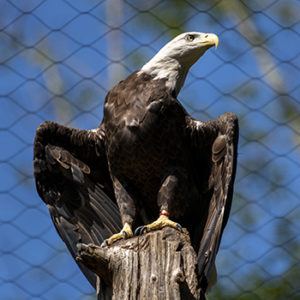
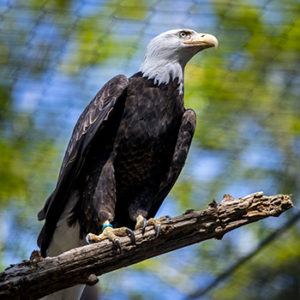
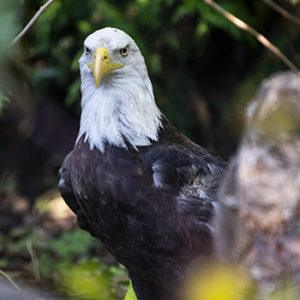 I’m a: Female
I’m a: Female